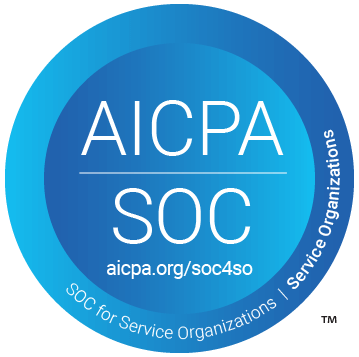If there’s one lesson we’ve all probably learned through Groundhog Day is that we probably shouldn’t trust a groundhog with weather predictions. We’ve all seen snow in an “early spring” or worn a layer too many during a “late winter.” Simply put, the groundhog knows nothing and only creates opportunities for surprise when we believe it.
This early February holiday, if anything, shows why planning is important. Even if we believe the groundhog, a good plan can make its surprises manageable.
But there’s even more value in the movie that shares the namesake: “Groundhog Day.” The premise of the film passes off a great principle any continuity professional can apply to their program to bolster its readiness for disruptions.
Repetition, Repetition, Repetition
Bill Murray’s character in the beloved film, Phil, learns to use the time loop to better himself by learning new skills. Eventually, Phil also uses the time loop to learn the timeline of events around the town. All of these actions help him break from the time loop and get back to his normal life.
The repetition of events every day, while numbing for the character, helps Phil plan and develop strategies for finding a way out.
The plot of “Groundhog Day” offers continuity professionals a key takeaway: drills and exercises are essential to surviving unusual circumstances as an organization. Even when disruptive events don’t match up plans and testing scenarios, the repetition of exercises creates comfortability and familiarity, making the patches of unknown water much easier to navigate.
A Perfect Storm
Meteorologists spot a winter storm forming and call your business location just outside of the monster’s path. As the storm nears, its path becomes less steady and your locations could lose power and become inaccessible for periods of time if the storm hits.
The storm hits and the worst happens, but your plans and team’s response minimize loss and restore functions and access to facilities. Everything worked because you’ve done this over and over.
Exercises and drills paid off. All personnel and stakeholders handled their temporary responsibilities, spun up back-ups, got communications out, and adapted well to the few wrenches this particular snowstorm threw into the response that they’d rehearsed.
What we just outlined is a great hypothetical, but the real challenge is achieving it.
A response to a disruption is far from a one person effort; it requires personnel across an organization to participate, regardless of their role, responsibilities, and specialties. Getting exercises together and garnering the support needed for success across an organization is one of the biggest hurdles continuity professionals face.
Continuity professionals need to simplify participation while respecting the time of all potential exercise participants if they want their organization’s program to emulate “Groundhog Day.”
Make Exercises Simple
The Covid-19 pandemic shows the viability of remote work and how it even benefits certain operations.
Historically, continuity professionals would run exercises in-person. Given the normal course of a day and what comes up, physical exercises seemed to be the only way to hold the attention of personnel and keep them engaged in the exercise.
Workforces across industries have proved that remote work can be just as effective over the last couple of years, and this set-up has become permanent for many workers.
This new work dynamic is a boon for continuity professionals, who can now take advantage of a more remote world. Both tools and a change in thinking can let continuity professionals get closer to achieving a “Groundhog Day” approach to business continuity.
Time matters during a disruption because the goal during one is to return to normal operations as quickly as possible. But exercises and drills care more for understanding the roles and responsibilities of people when things go awry.
Continuity professionals can drop stringent time constraints from exercises to make the practice more accessible and replicable within their organization. Doing so will give participants from across the organization their time back and make the exercises much less of a weight on their already full plates of responsibilities.
Additionally, many teams within organizations have adopted tools that facilitate communication and collaboration to help their remote workers. Continuity planners can do the same and handle communications, coordination, notifications, tasks, and assignments all from a platform that has the right features.
Sustainable Exercises
By easing exercises into a more sustainable model, continuity professionals can make exercises and drills a regular part of operations. As a continuity professional, you want your organization to have its own Groundhog Day regularly (and it won’t be as bad as it was for Phil).
A “Groundhog Day” approach to business continuity is one of the best ways an organization can keep itself ahead of disruptions. Plans play a large part in restoring normal operations following an incident, and making those plans an intuitive part of the response for your organization is one of the many ways to build resilience.








